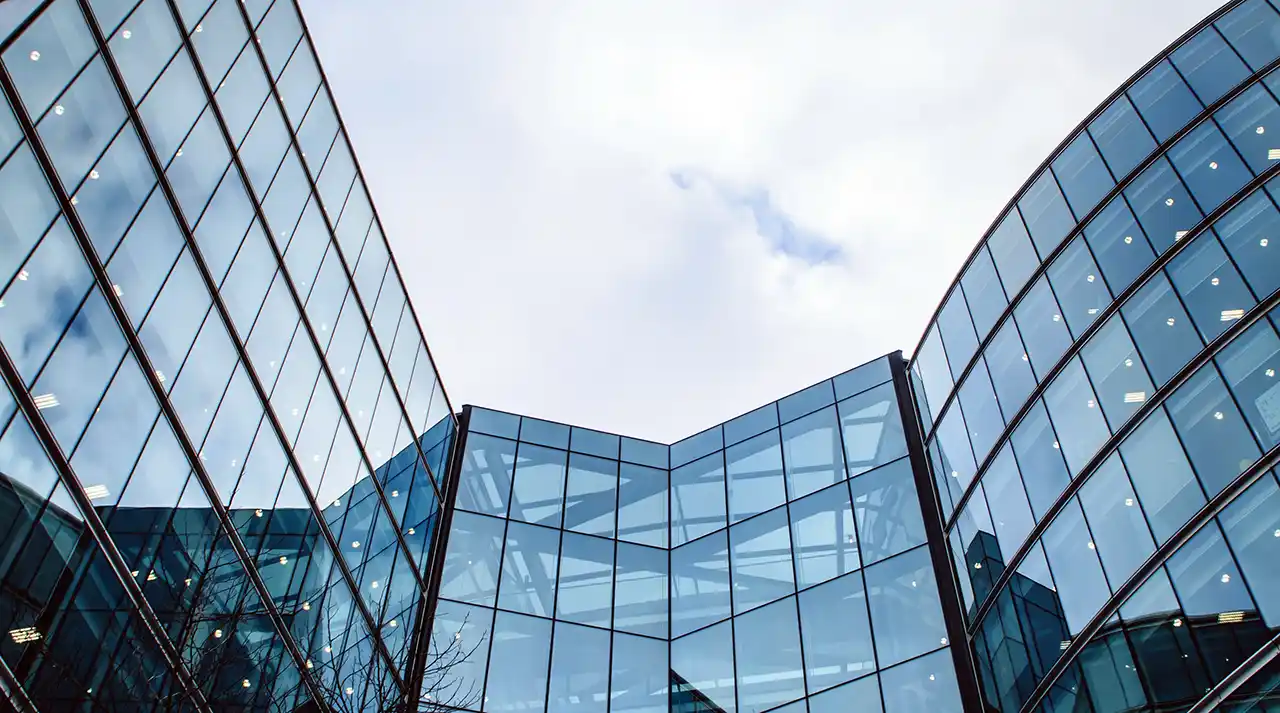Inner-city Melbourne apartment rents are in freefall thanks to the COVID-led dearth of tourists and students and an exodus of renters to the suburbs and regions.
It’s a different story for house rents across the capital cities, which have risen 3.3 per cent over the year, compared to apartments which have fallen 4.6 per cent.
Apartment rents in the regions aren’t having the same problems and their city counterparts, rising 4.5 per cent over the year.
CoreLogic senior researcher Tim Lawless spoke to Australian Financial Review about the figures.
“COVID-19 not only disrupted how we live, but also reshaped housing demand as accommodation preferences swung towards lower density options,” he said.
“Higher density housing markets have seen less demand during the pandemic, a trend that has been amplified by stalled overseas migration and remote working opportunities luring residents further afield.”
“Whether this trend has some longevity is yet to be seen, but international borders are likely to remain closed for some time yet, and for many, remote working conditions have proved to be productive.”
Meanwhile, office vacancy rates in Melbourne’s CBD are also feeling the same pinch, rising to 13.3 per cent in the December quarter.
Vacancy rates rose in all capital cities except for Perth, and JLL’s head of research Andrew Ballantyne said last year was an uncertain one and as a result saw low levels of leasing activity.
“However, the strong recovery in the Australian labour market over the latter part of 2020 is a positive sign that business sentiment is improving and organisations are becoming more confident in the post-vaccine outlook for revenue and profitability,” he told AFR.
The long term outlook for office vacancy remains murky as employers and employees continue to look for a new balance in work arrangements.



